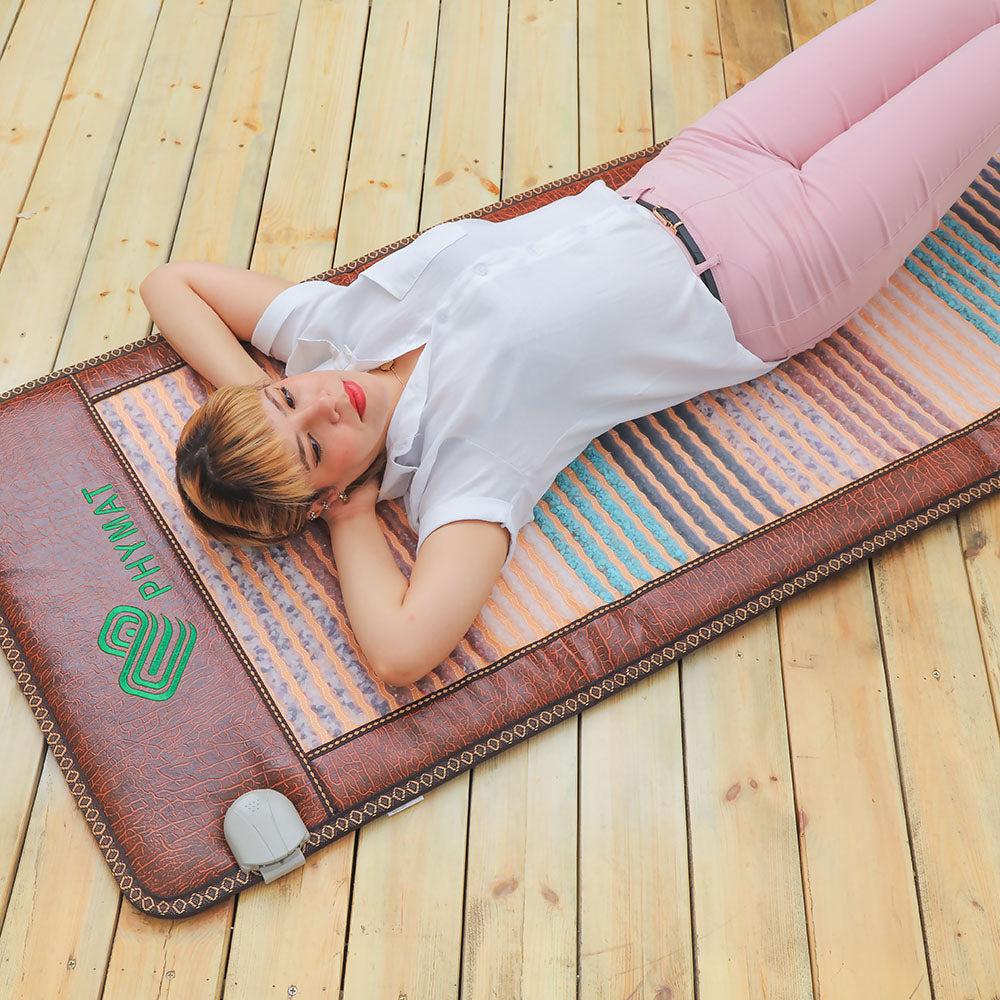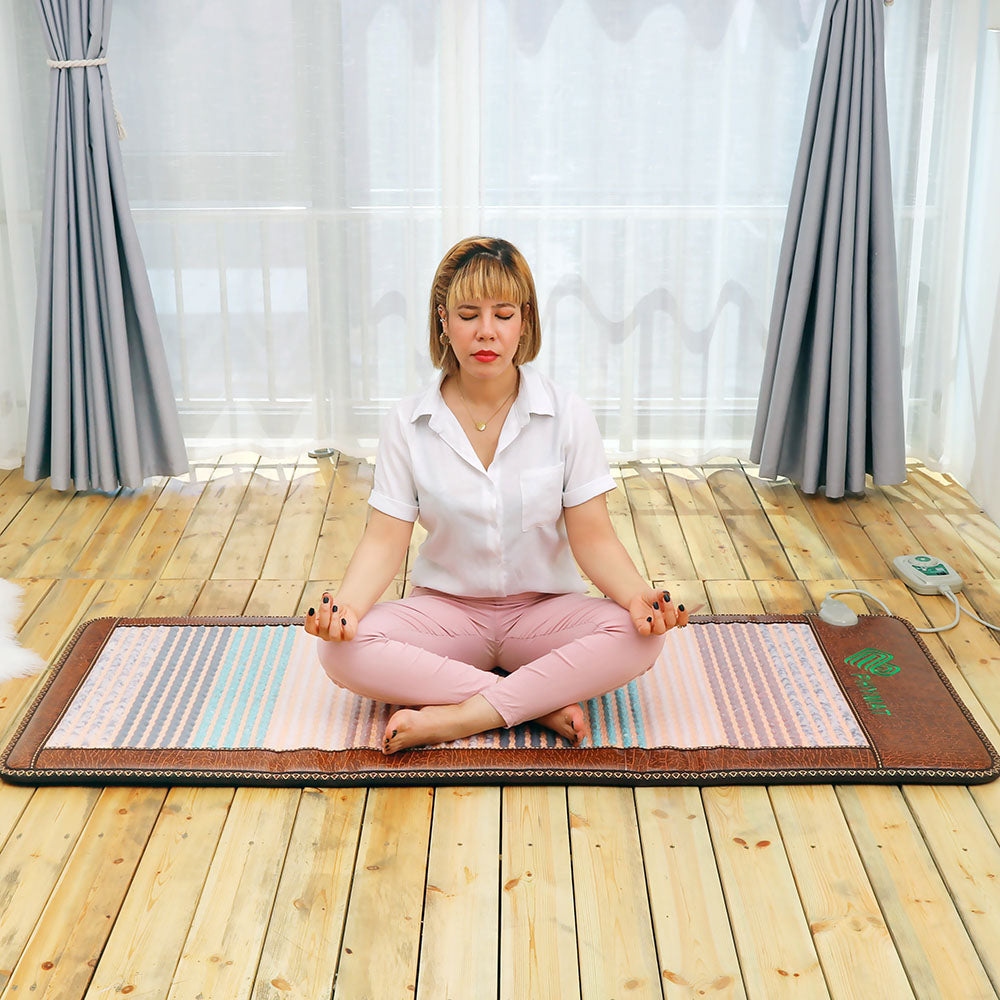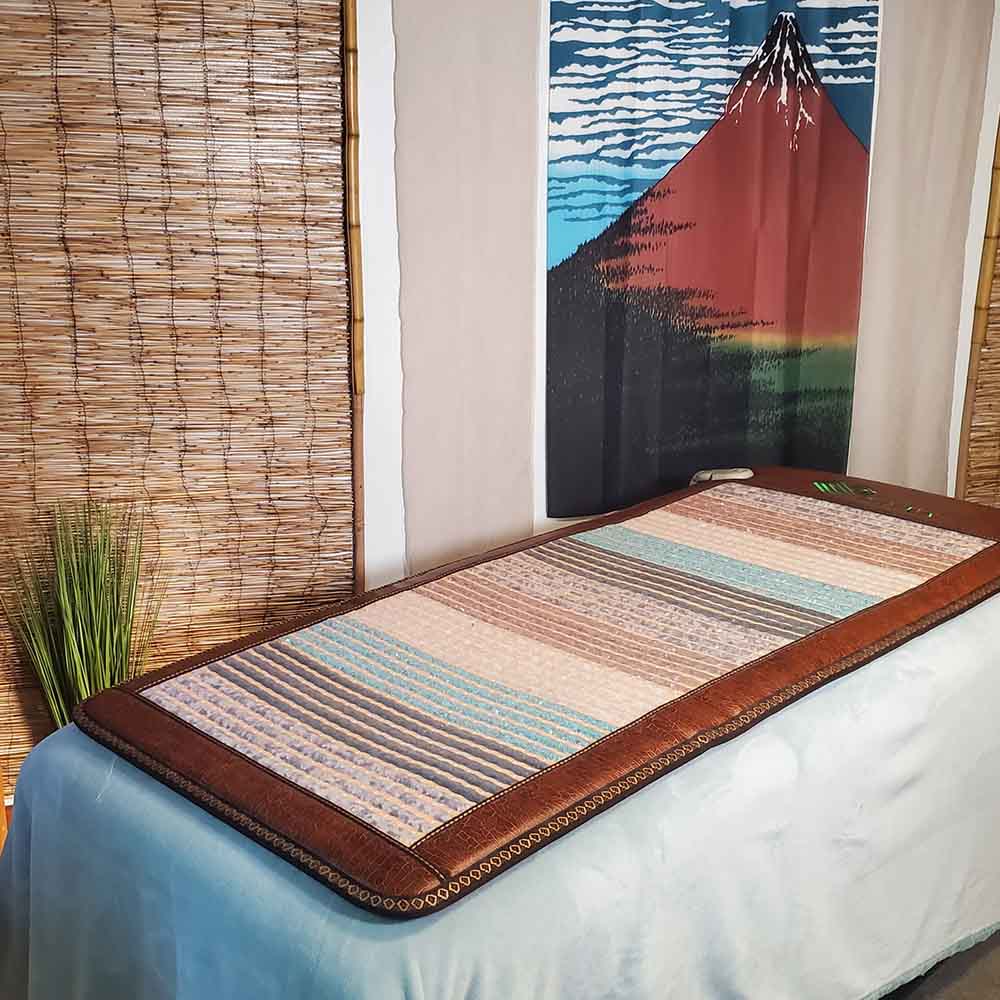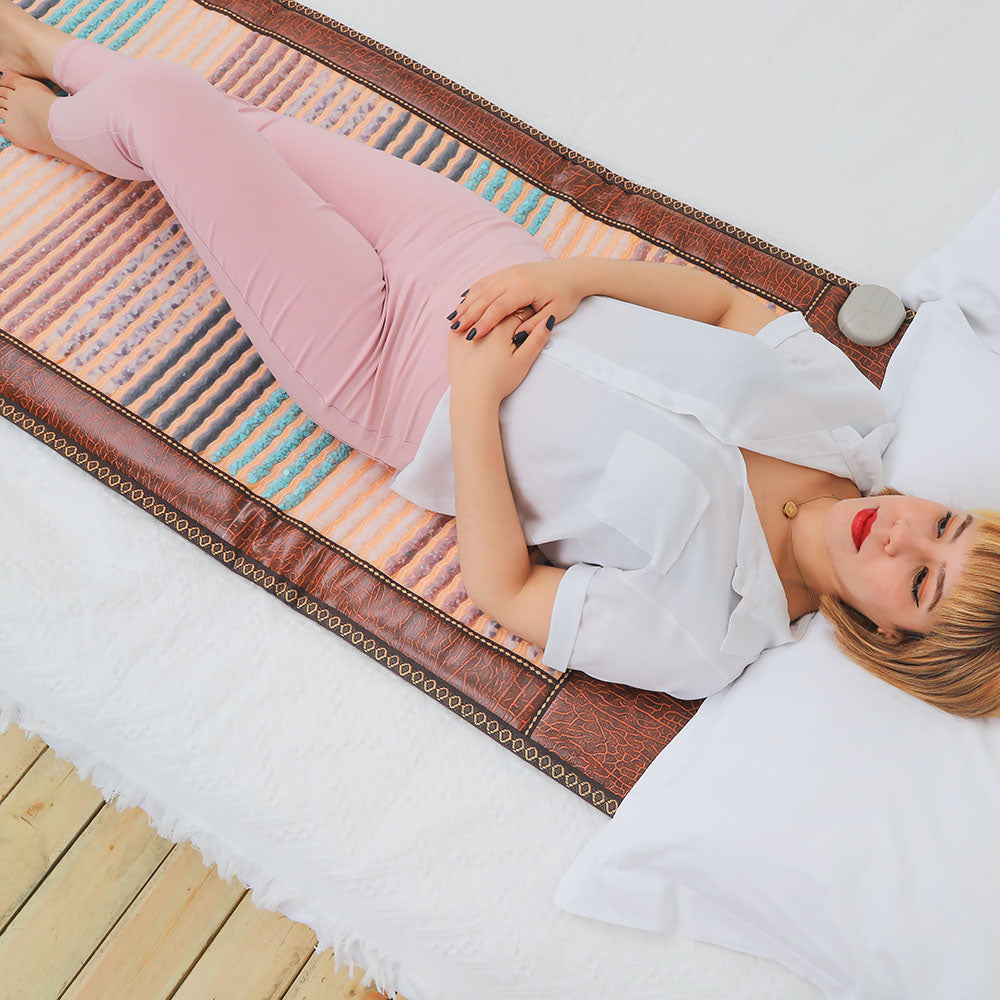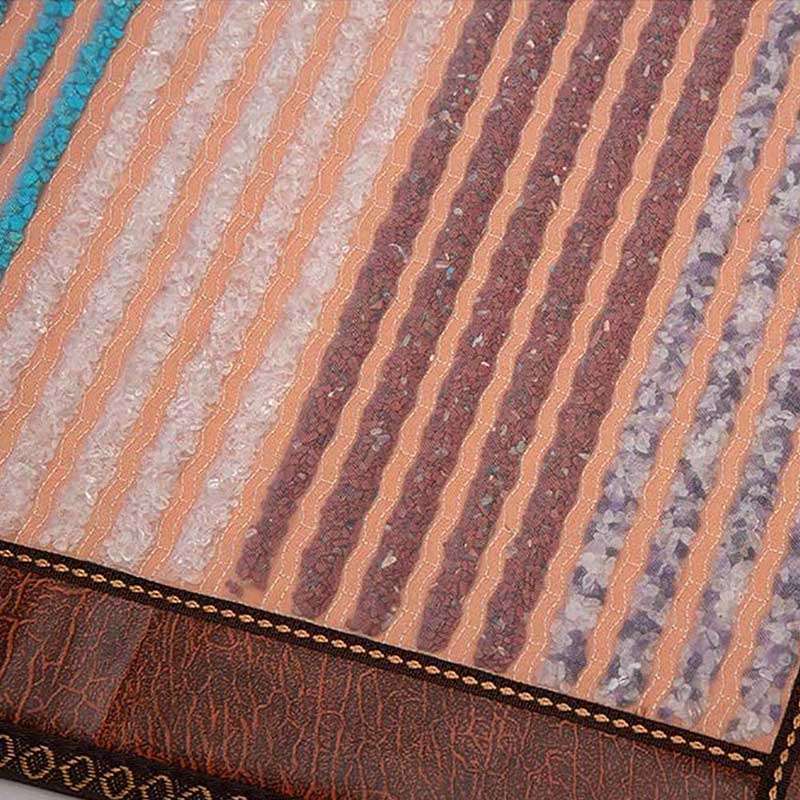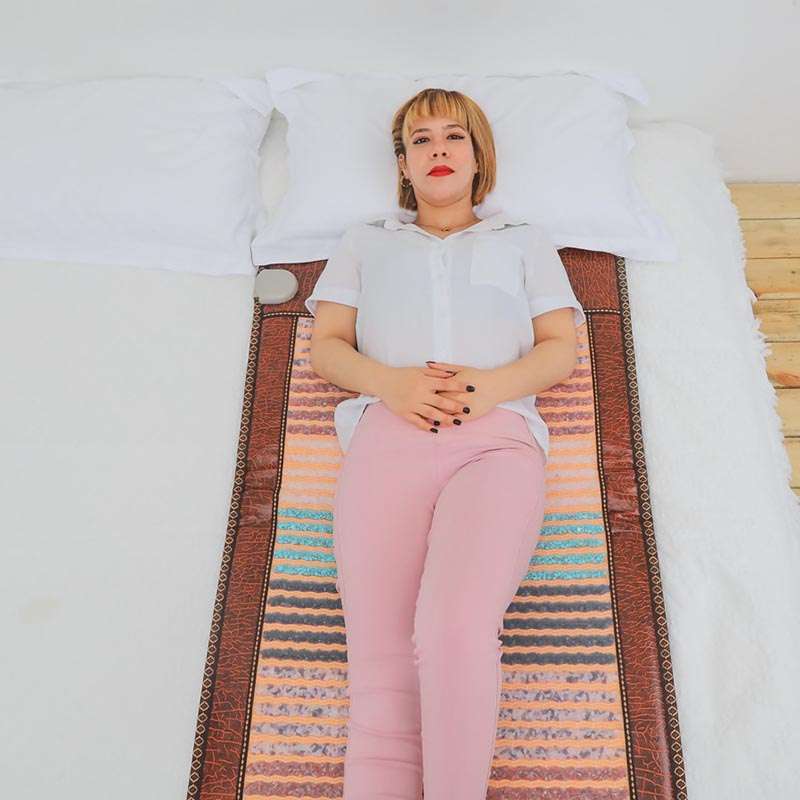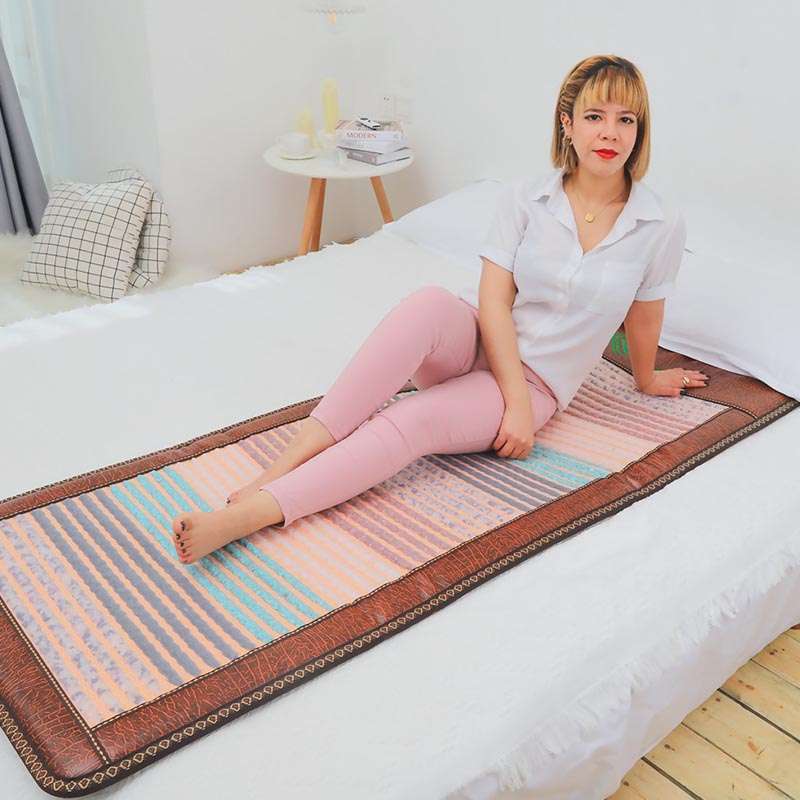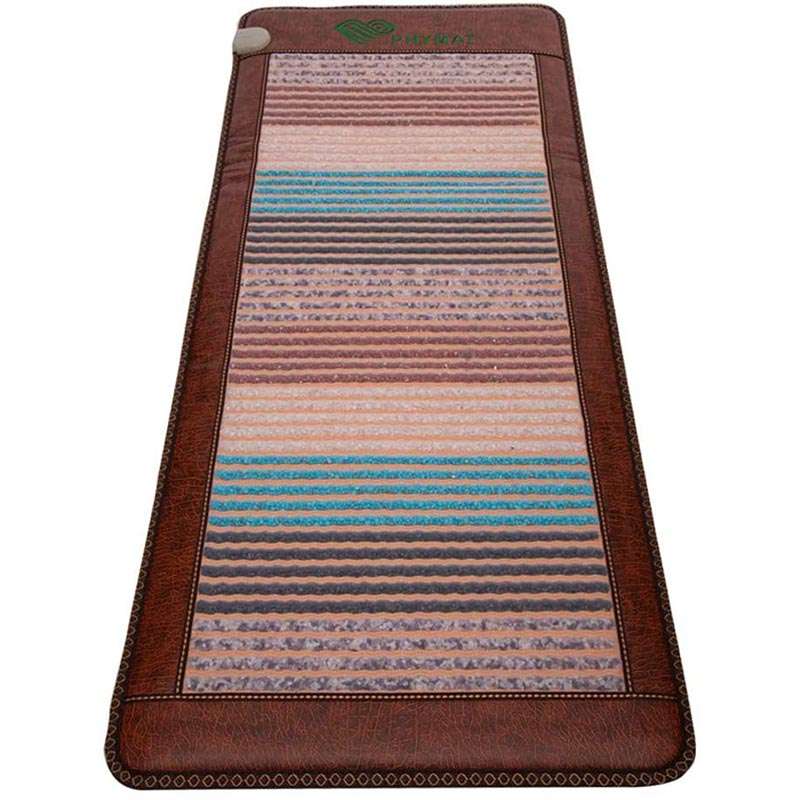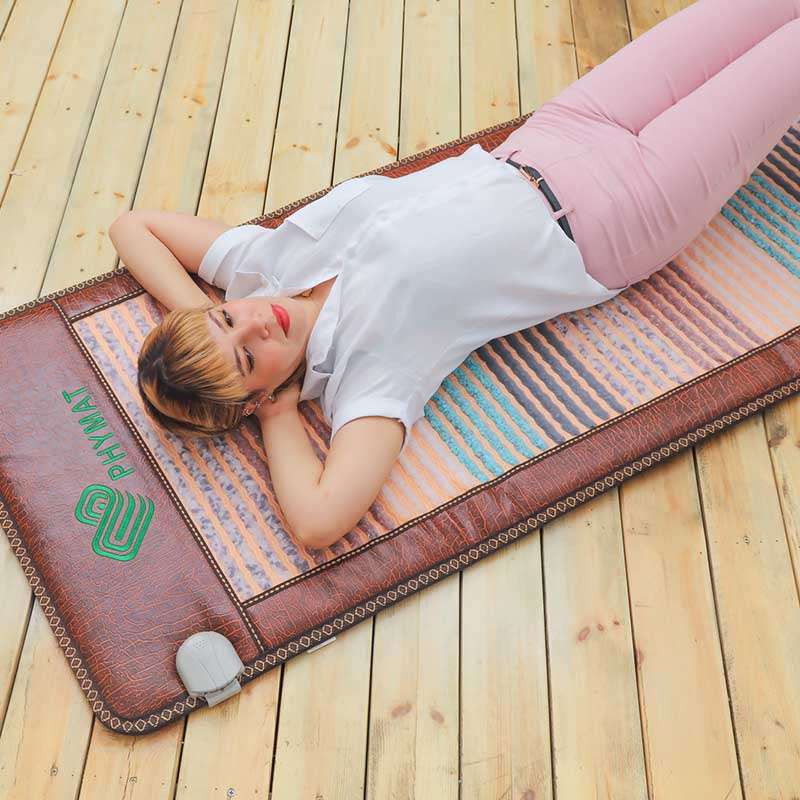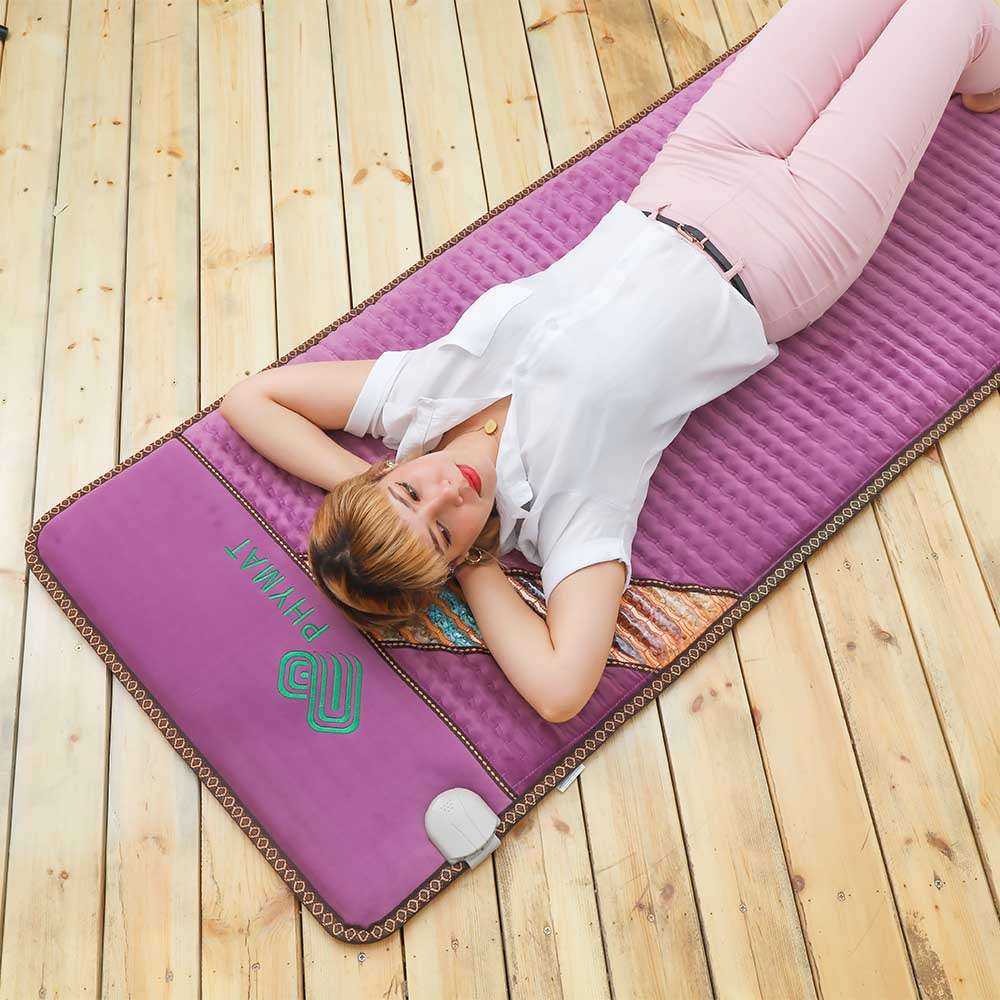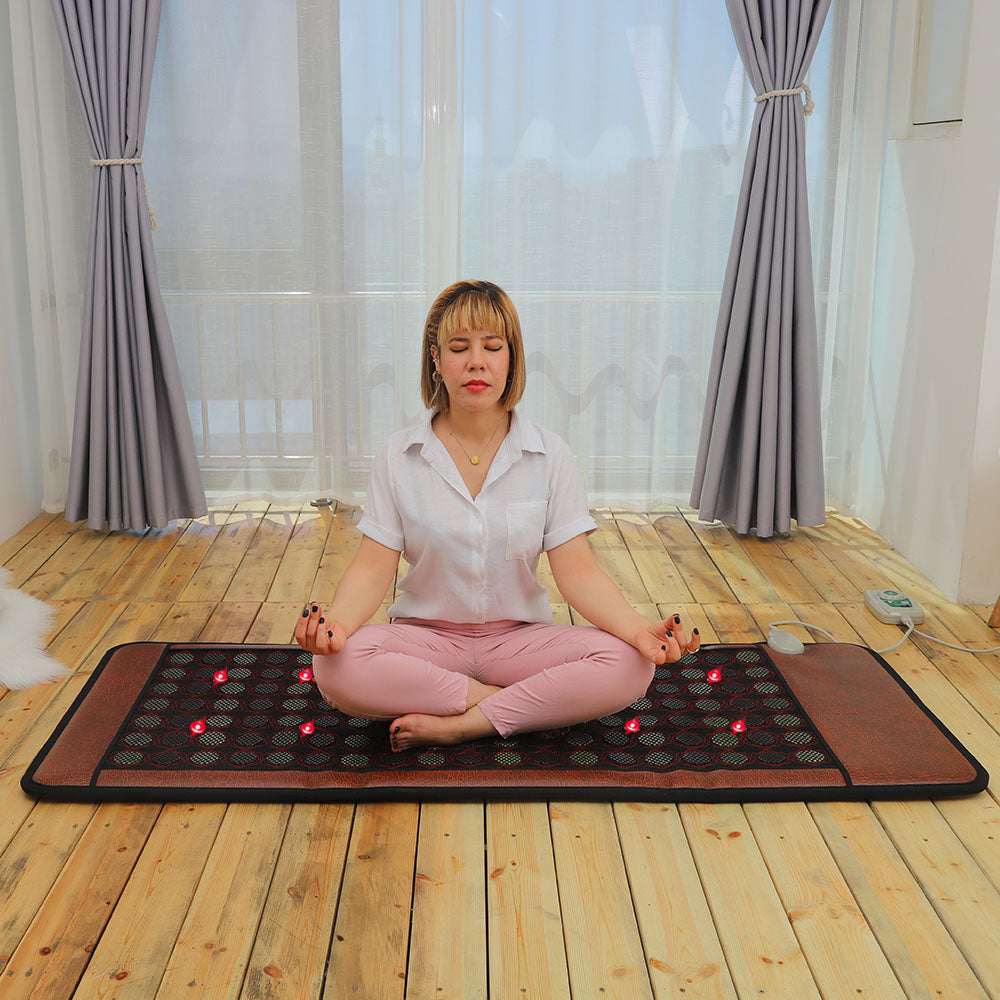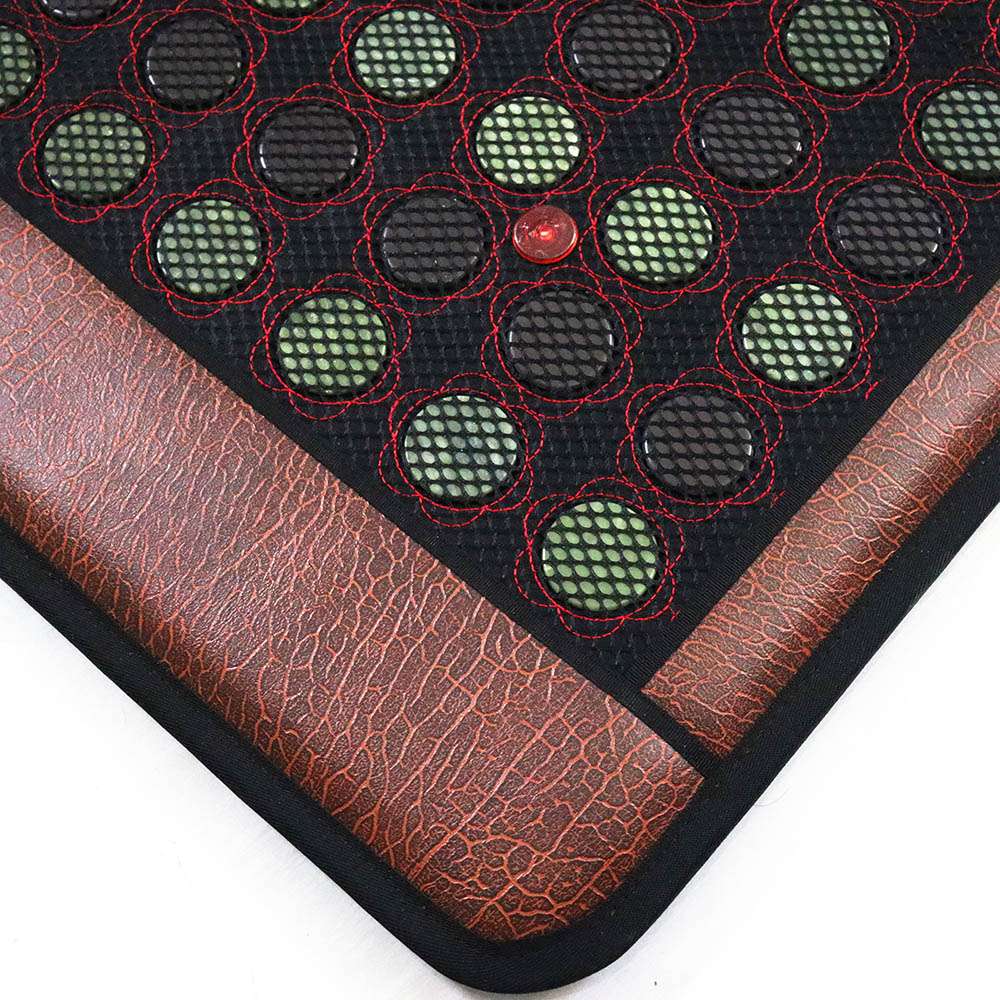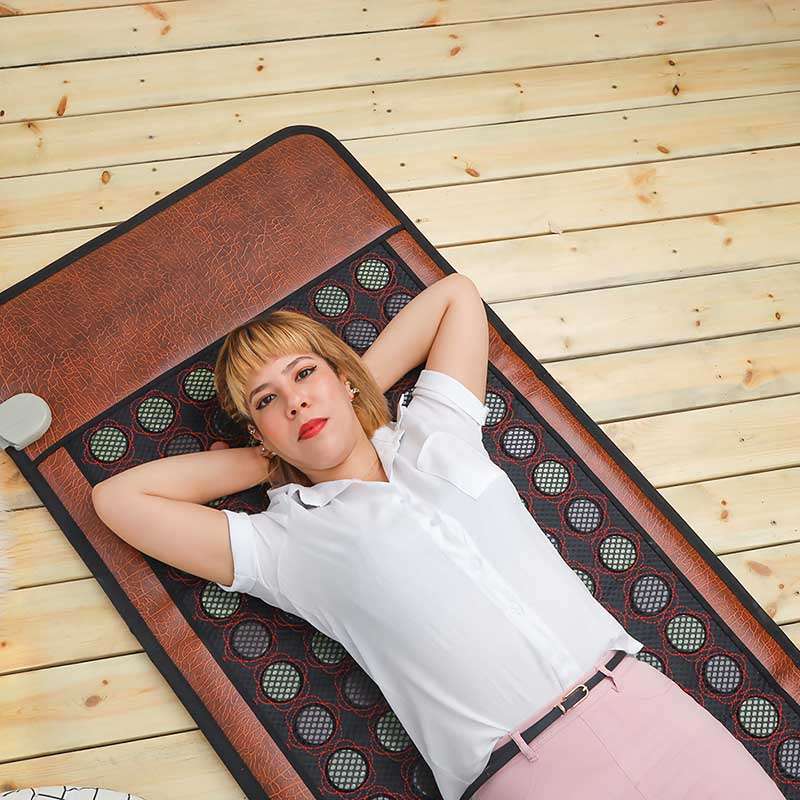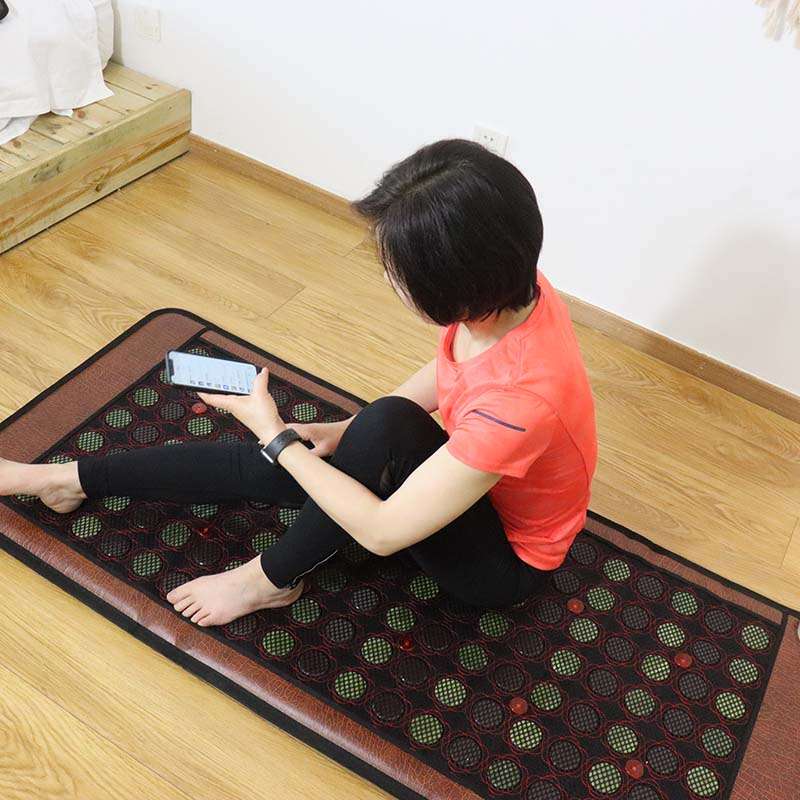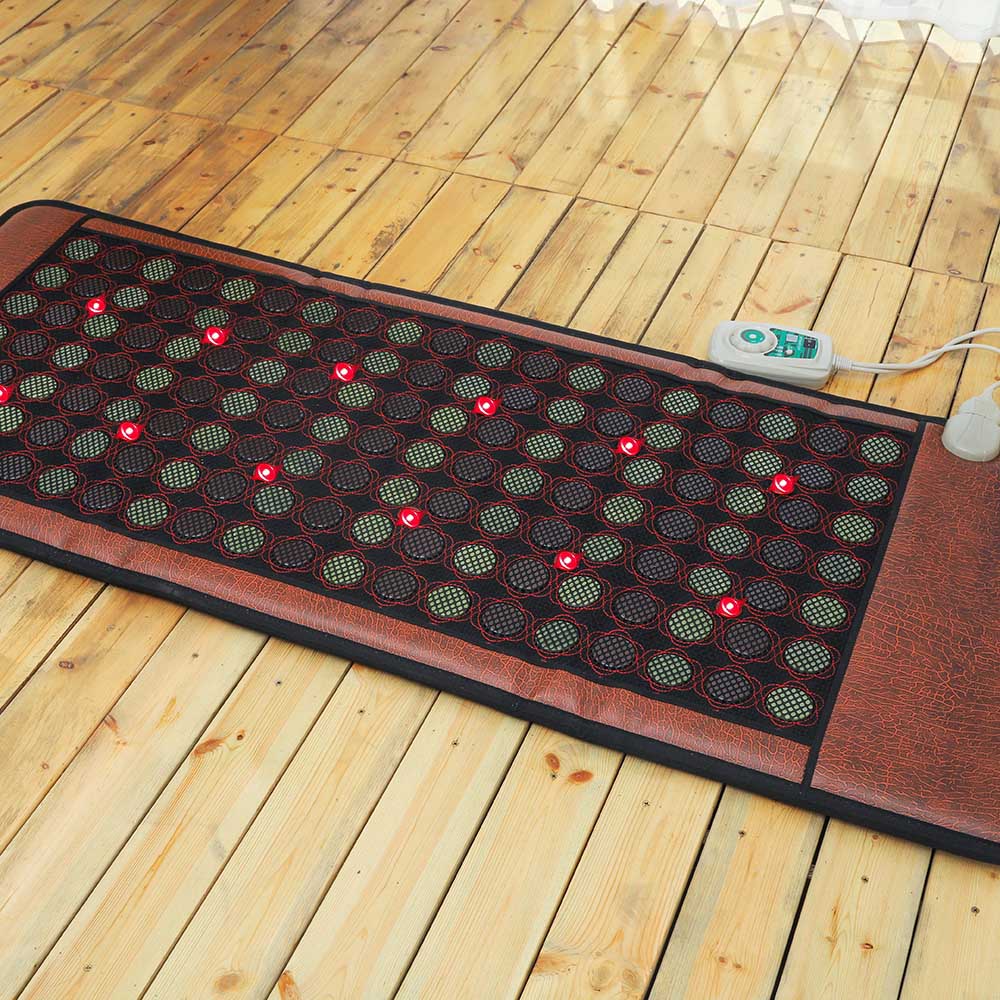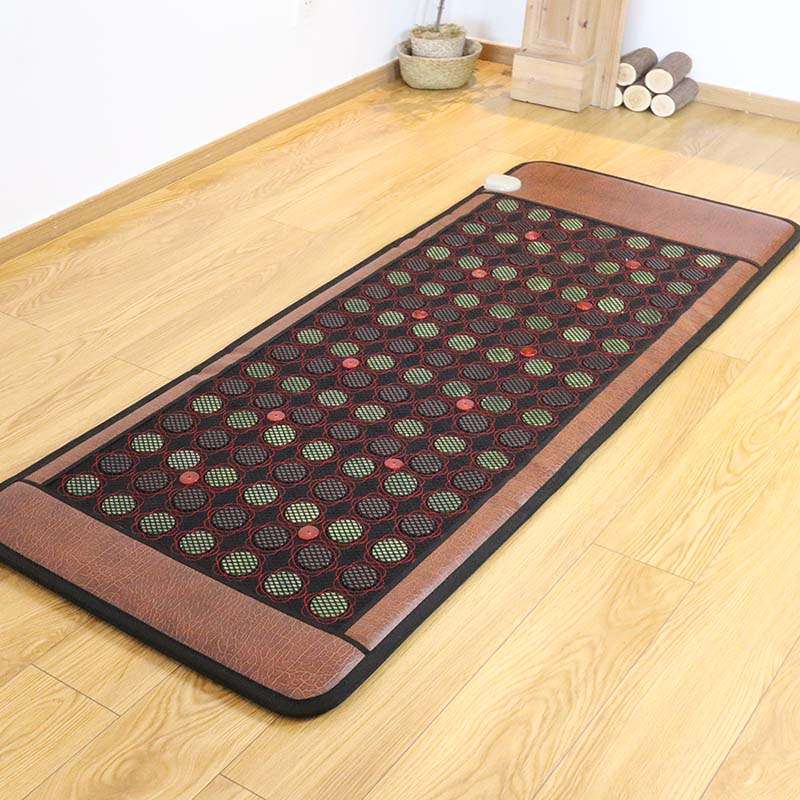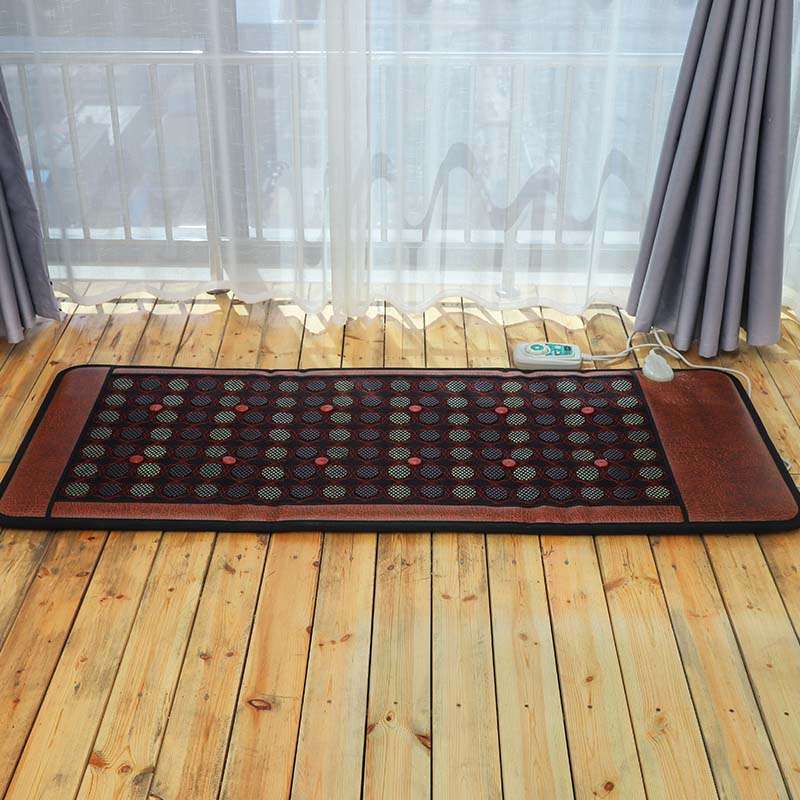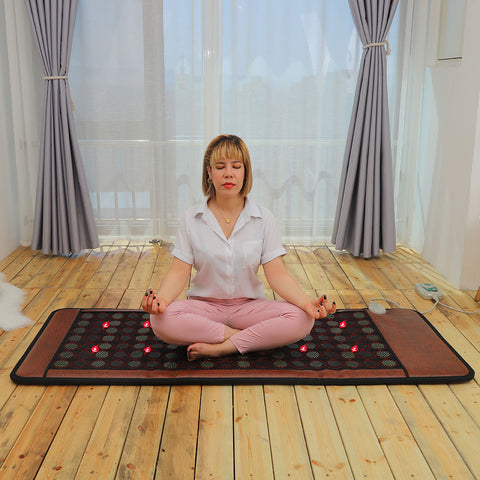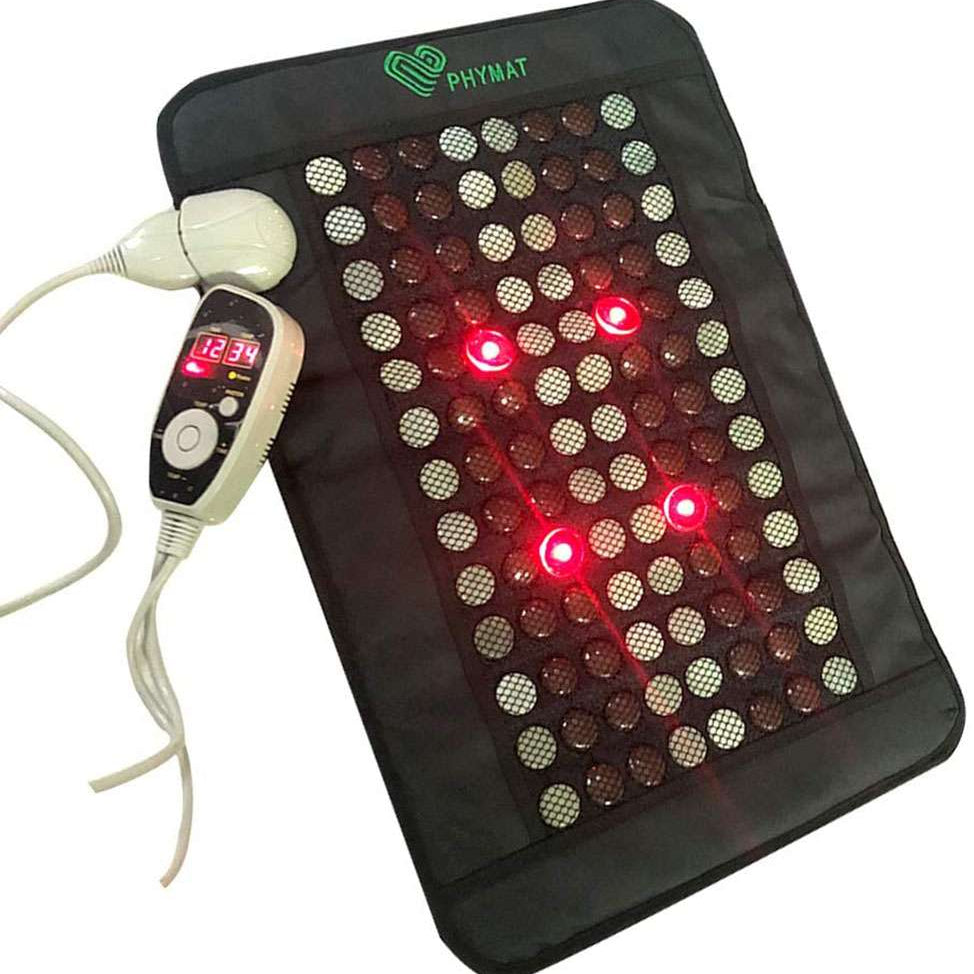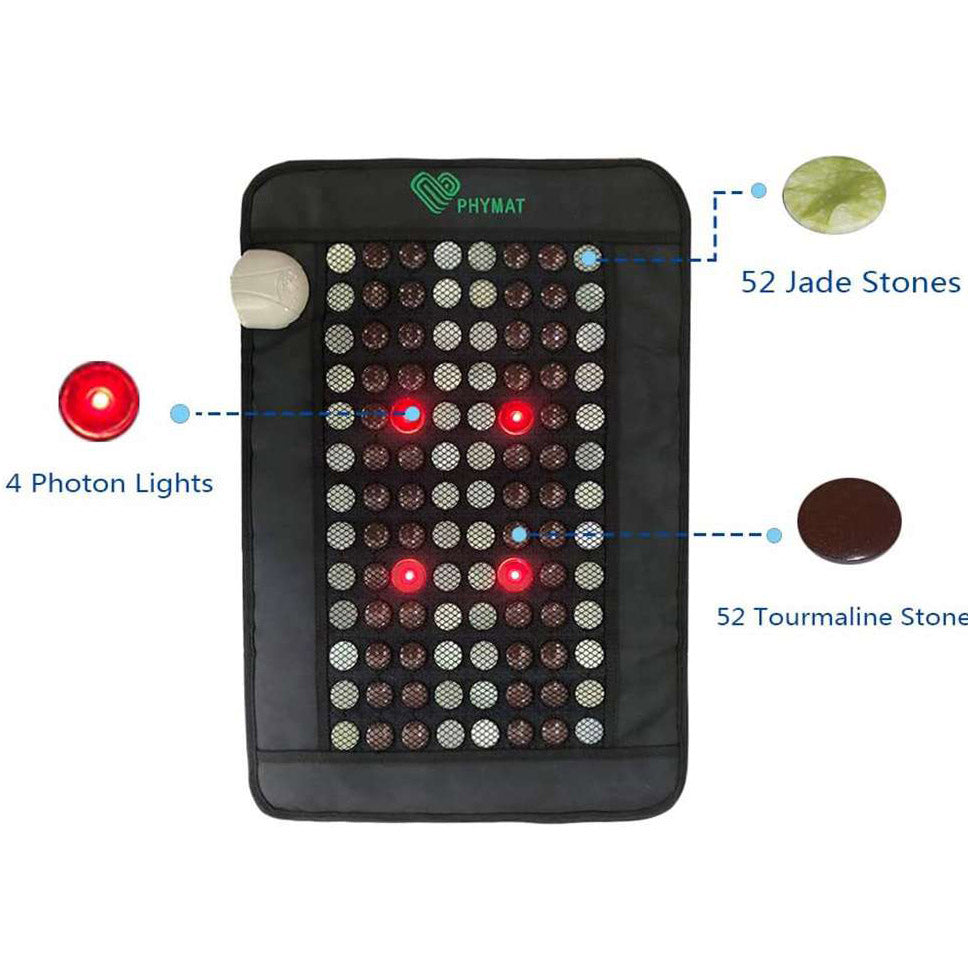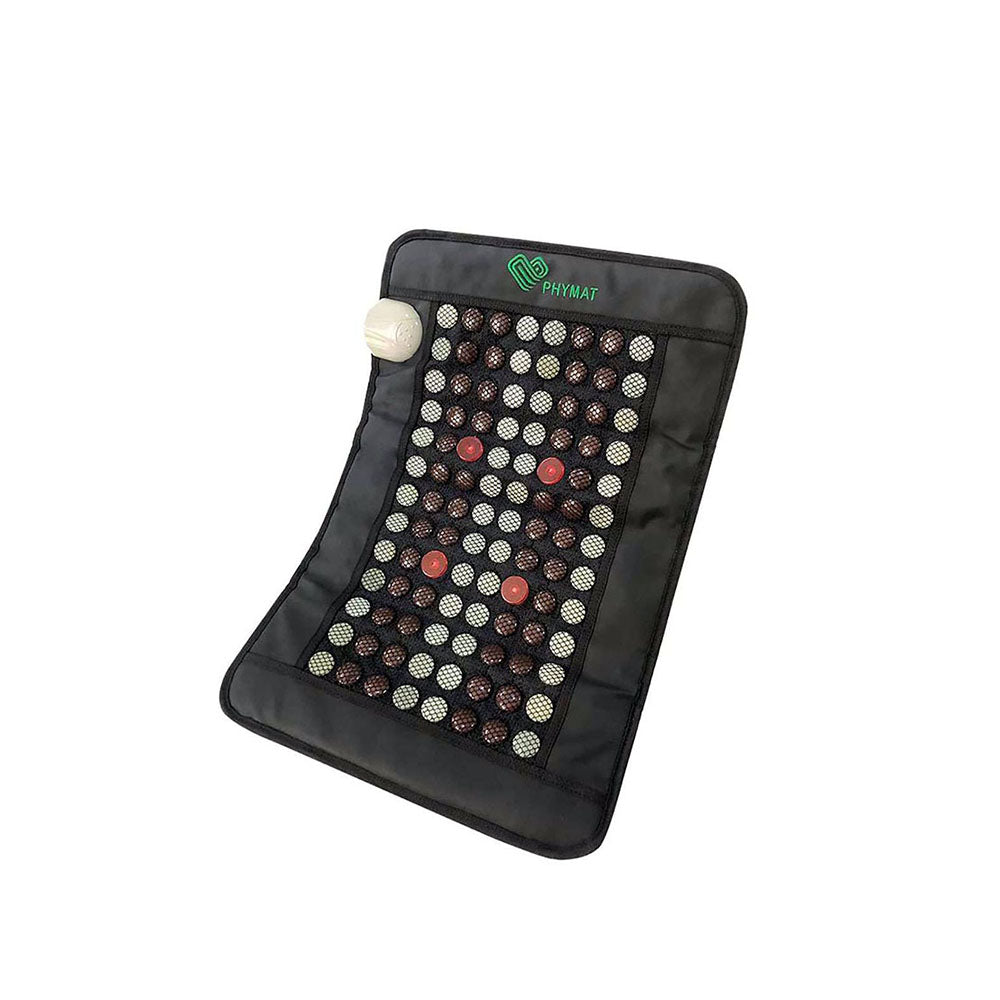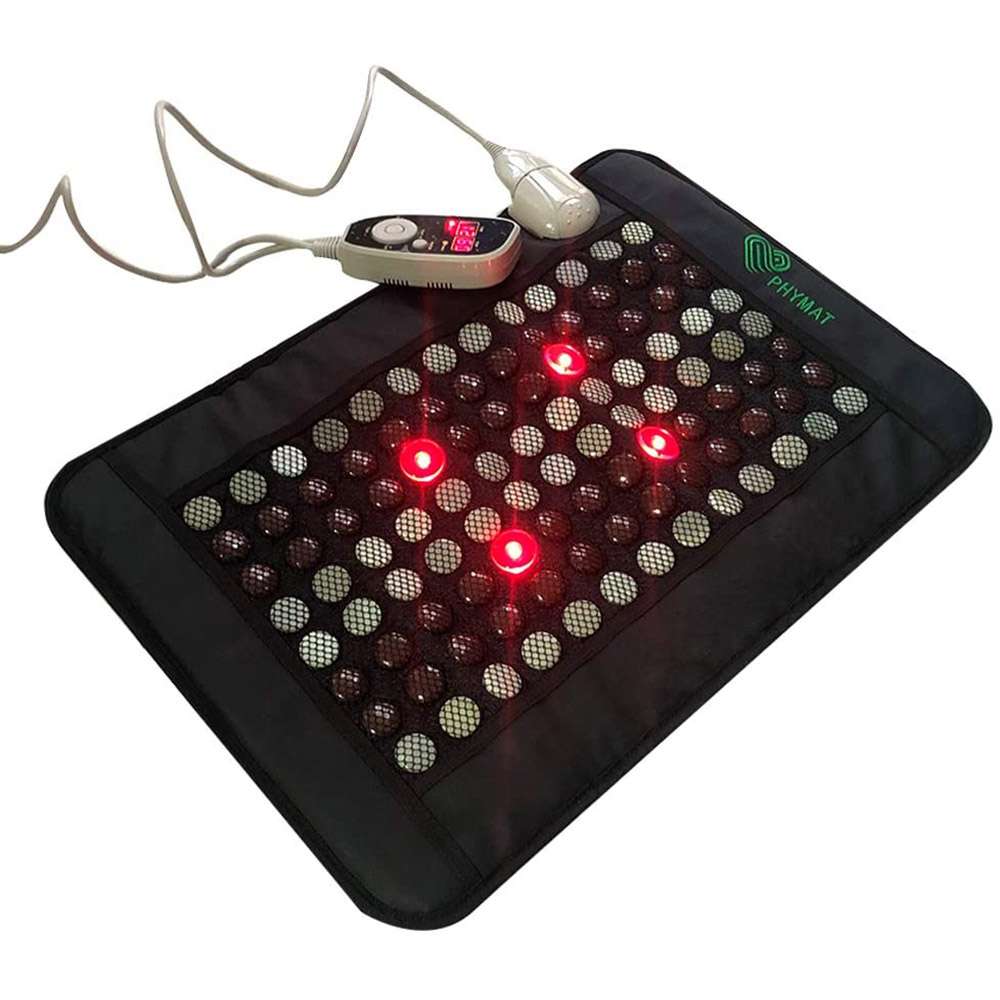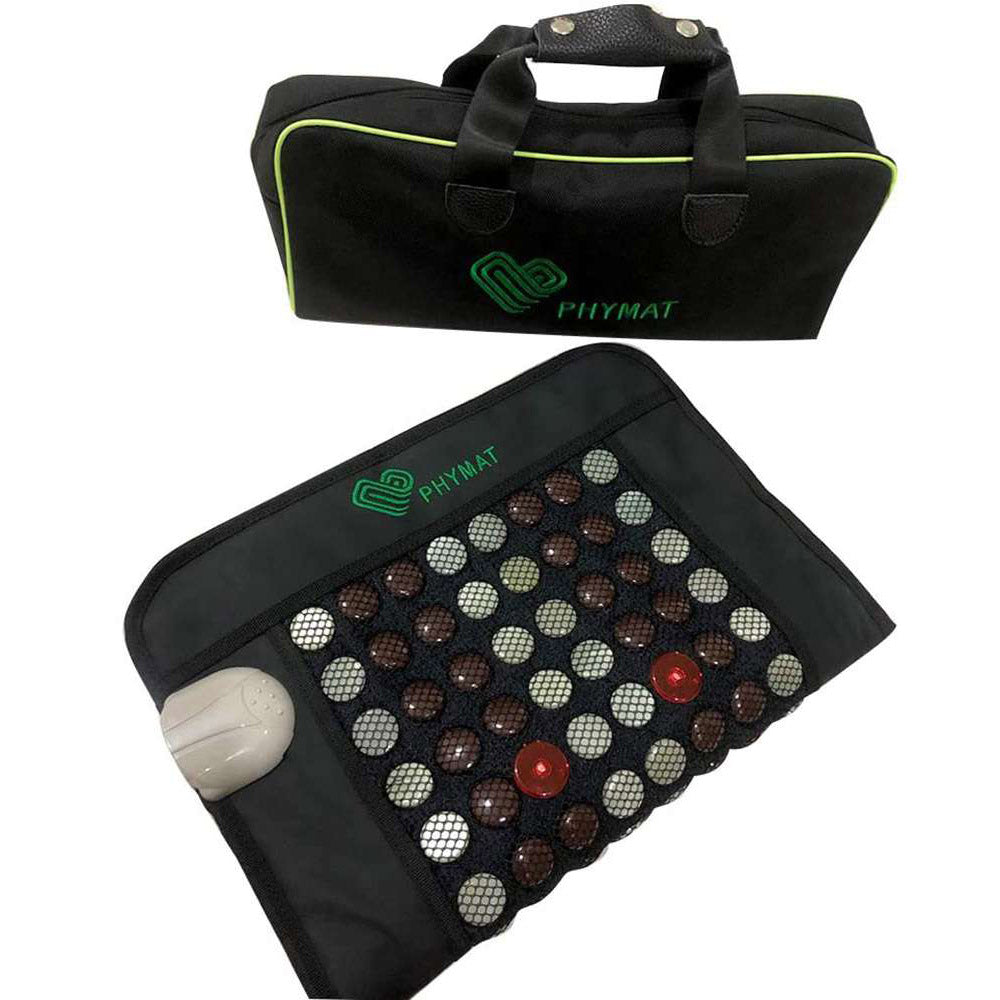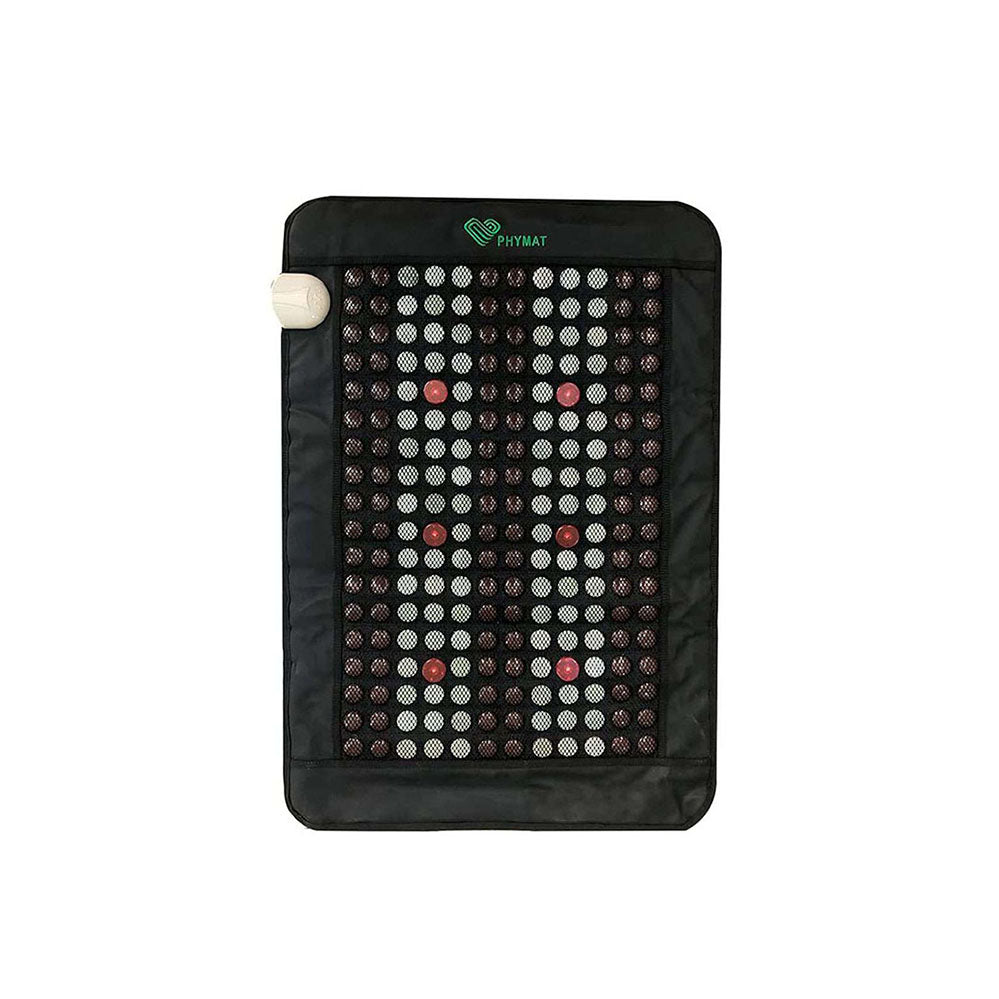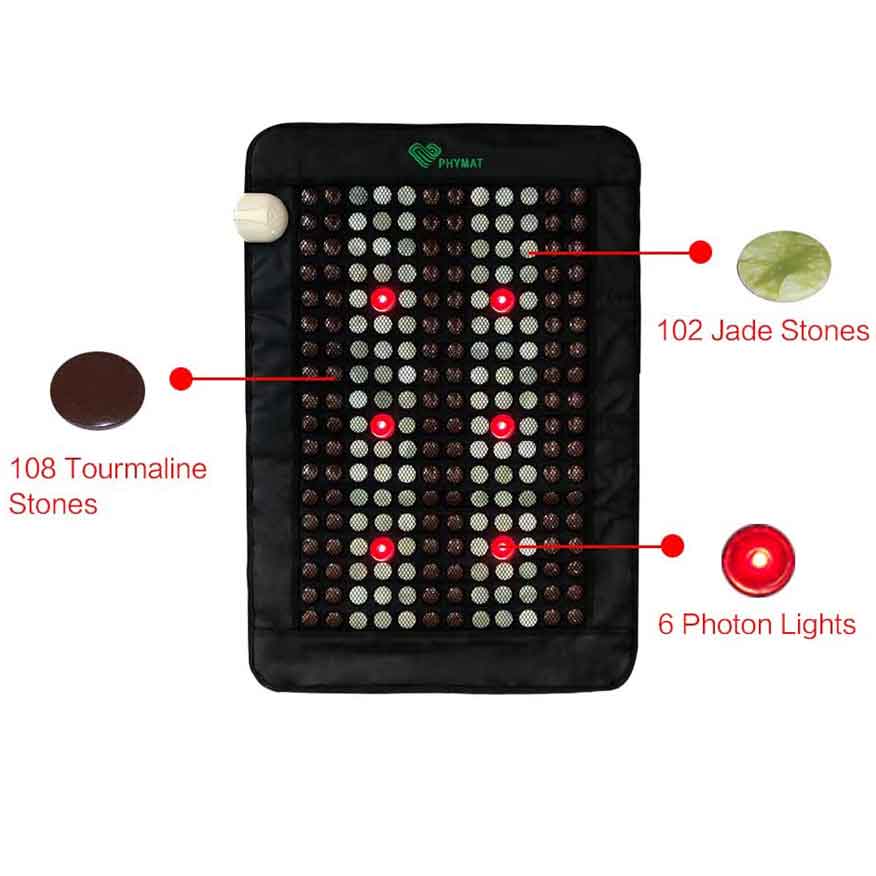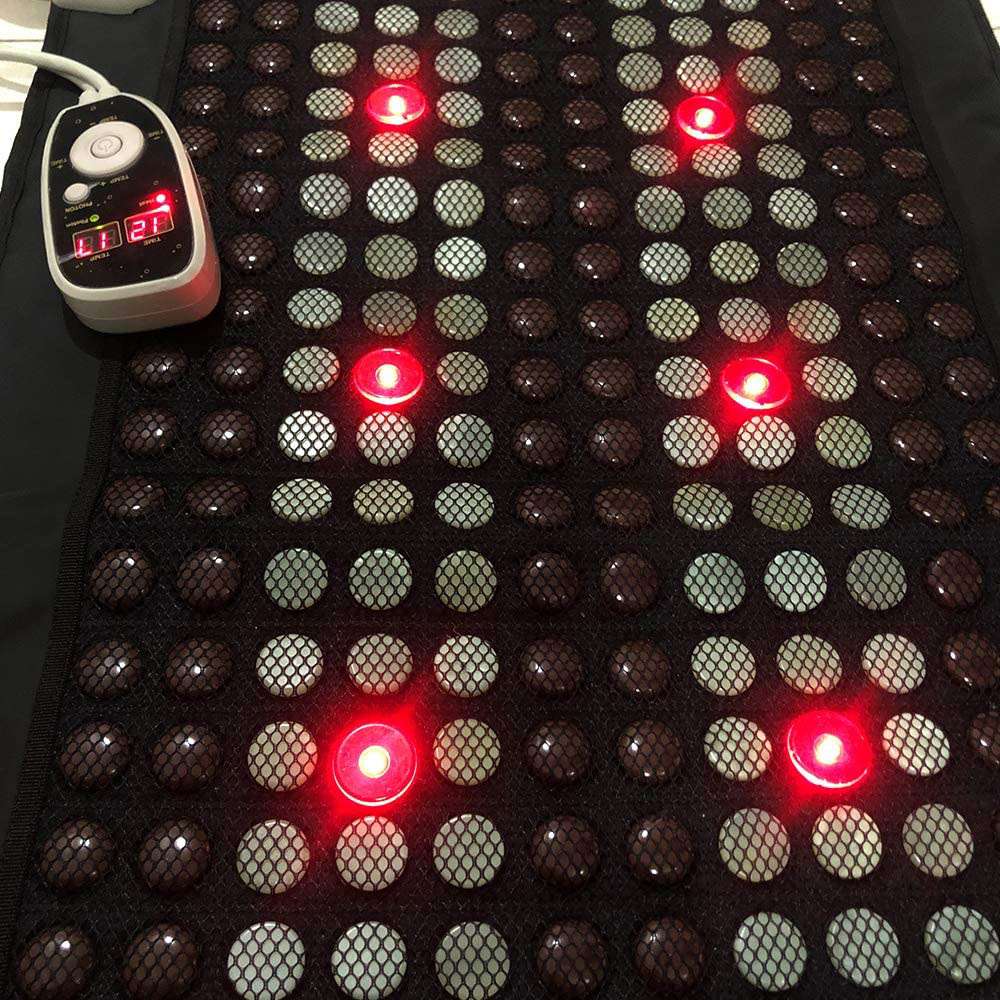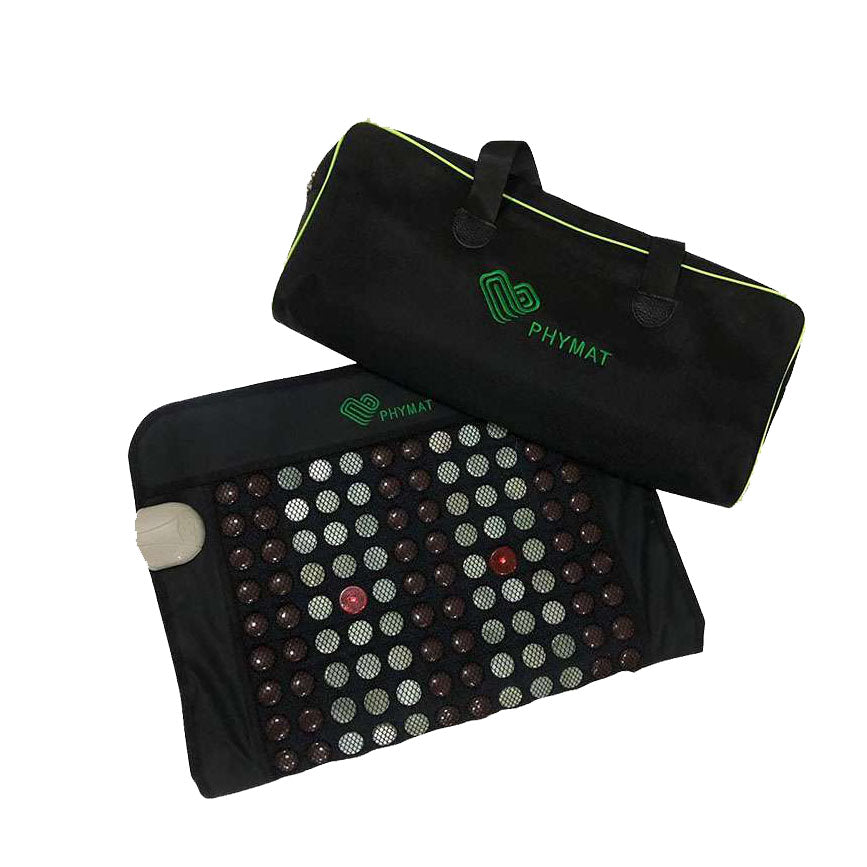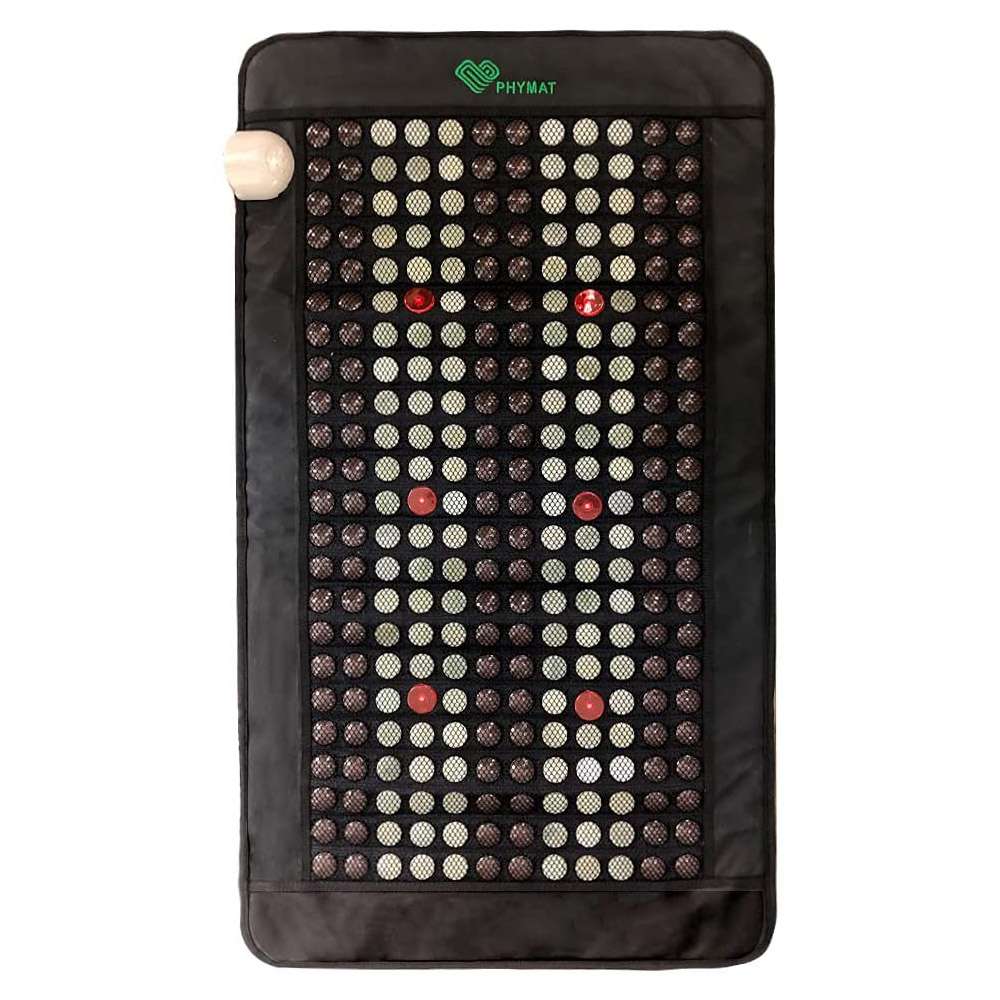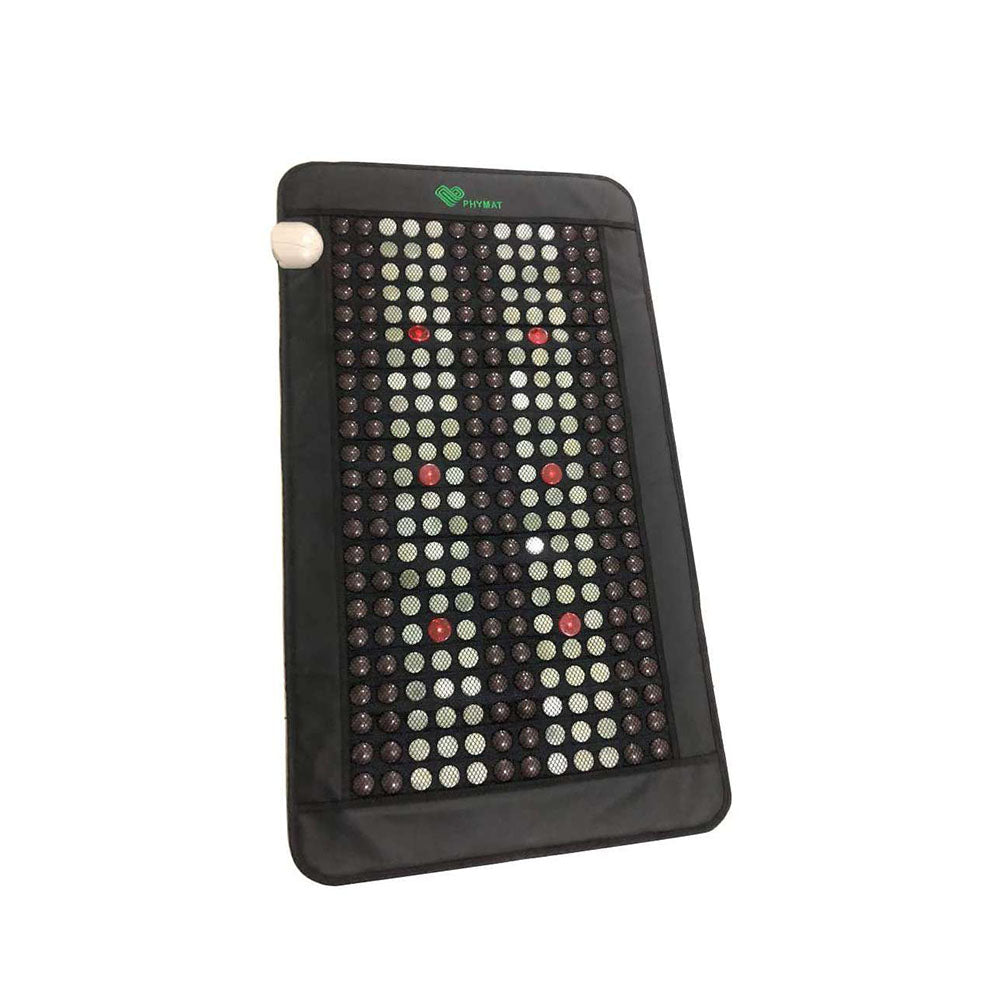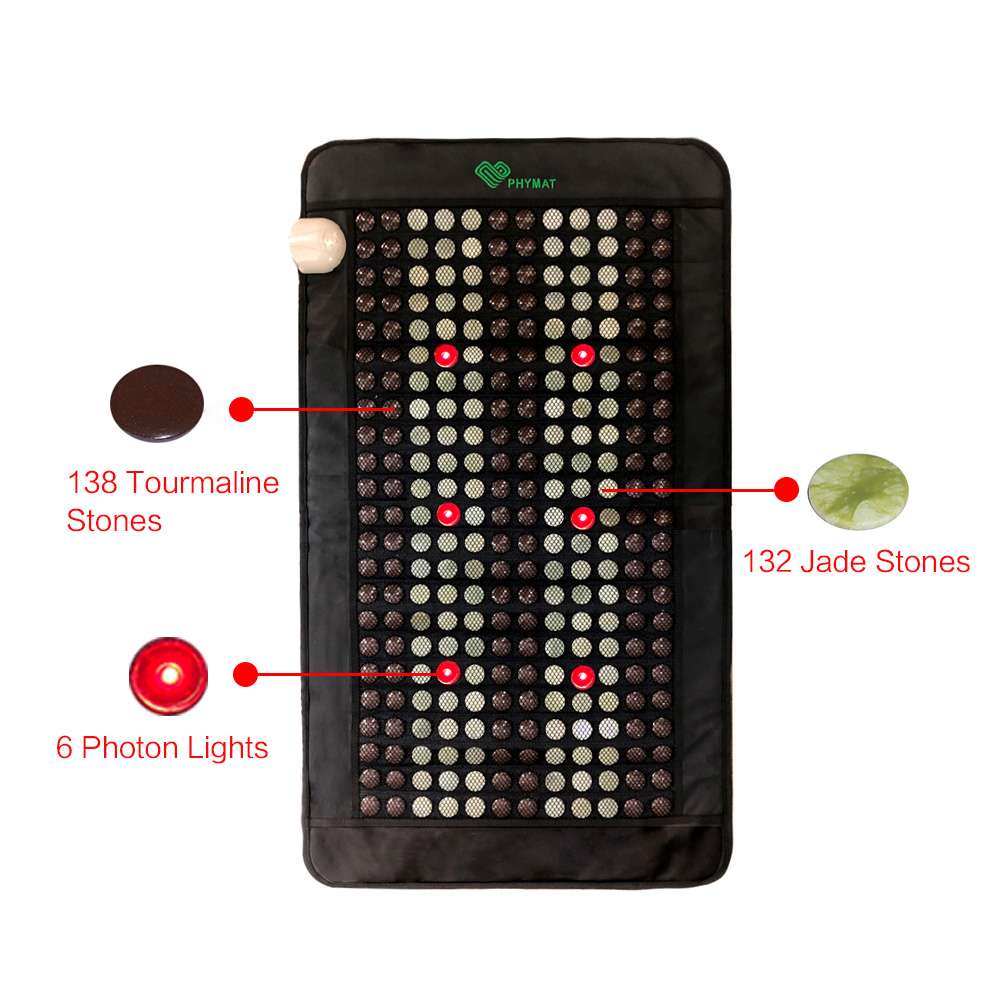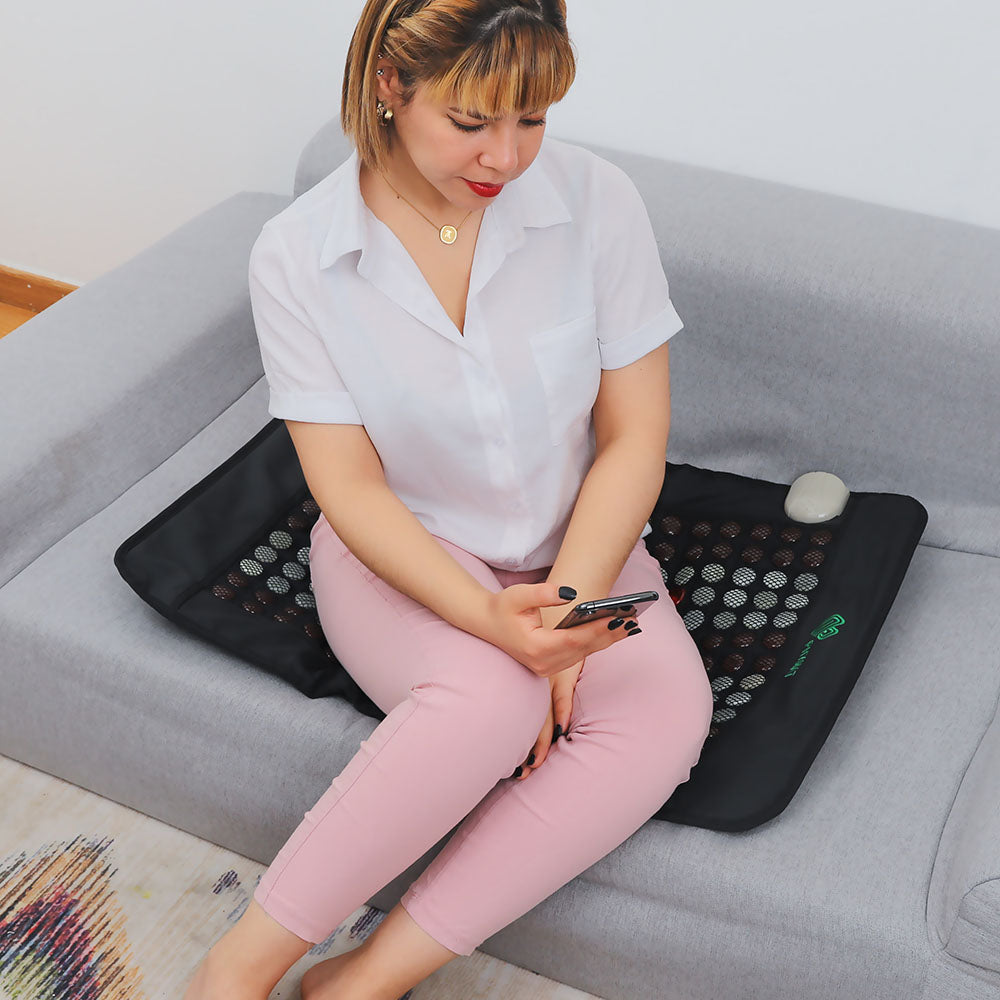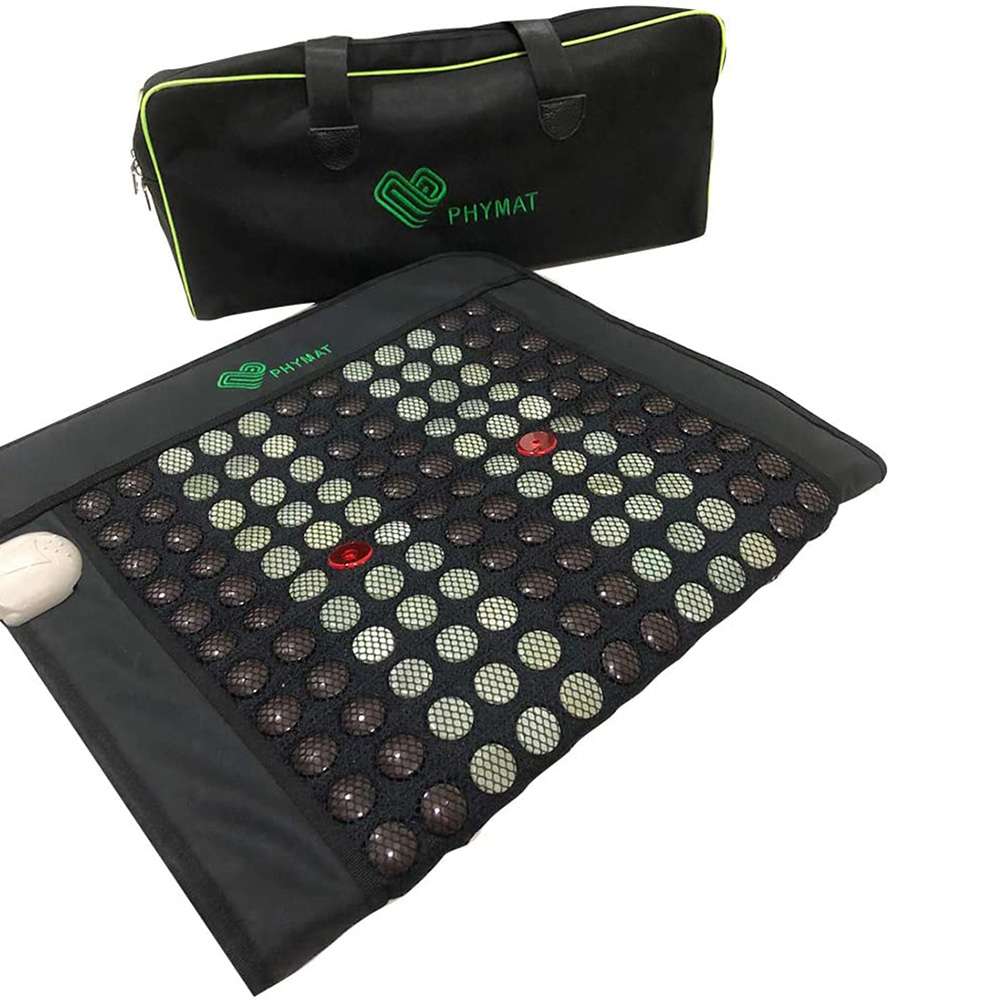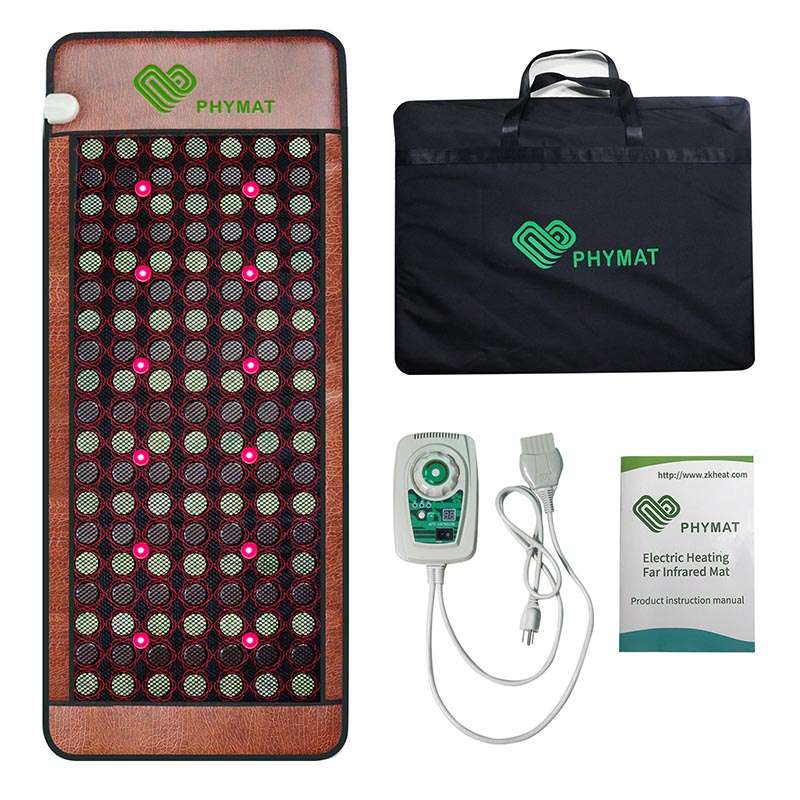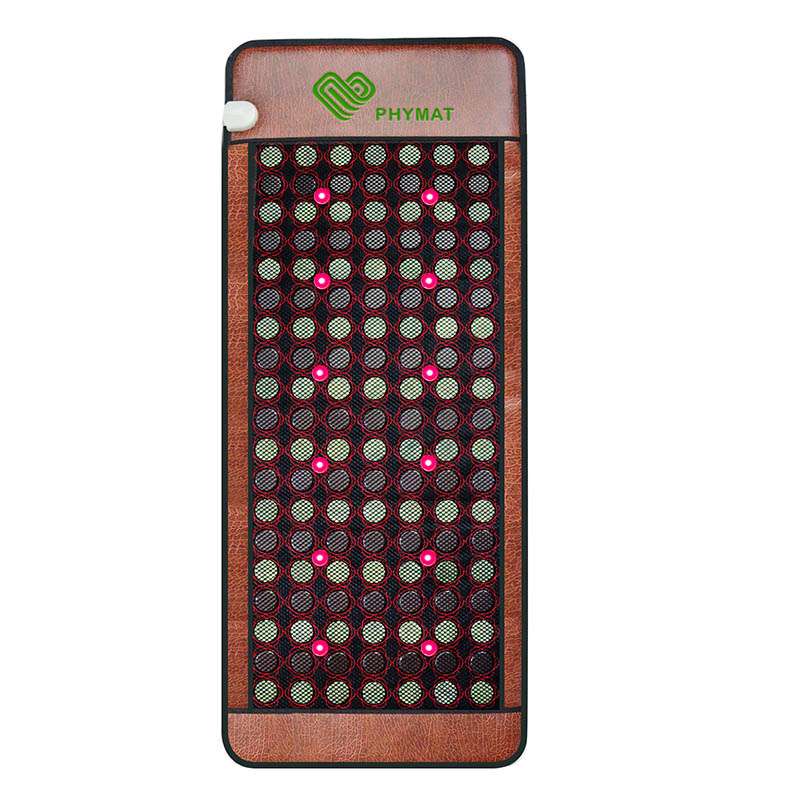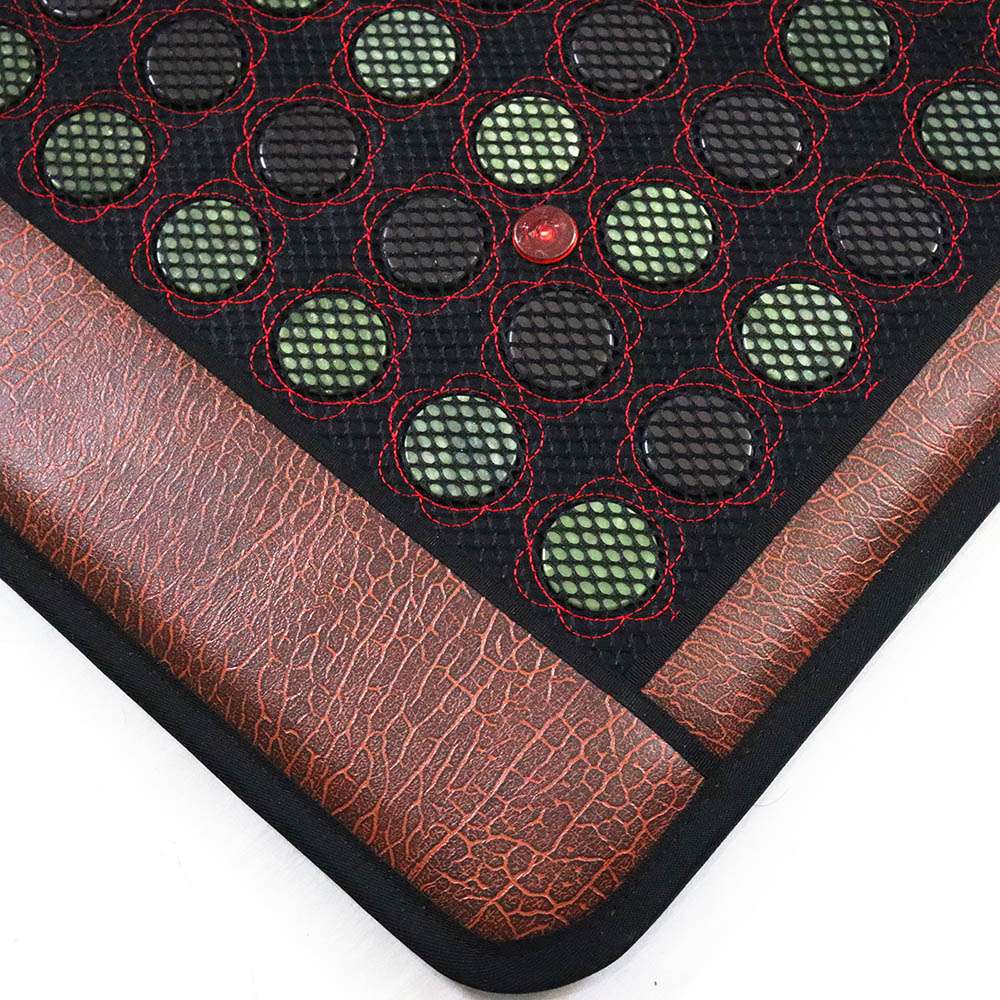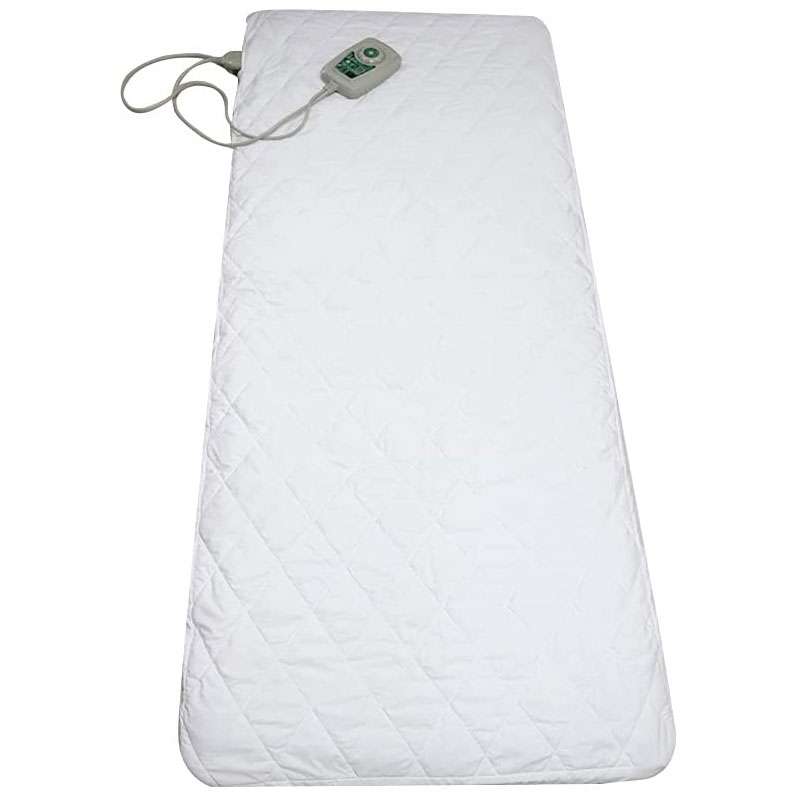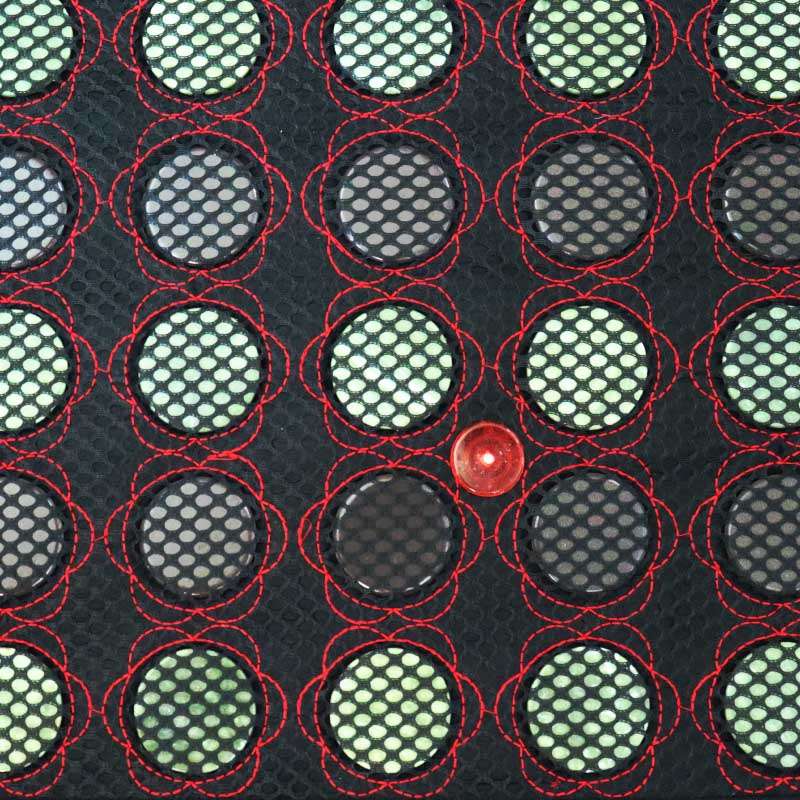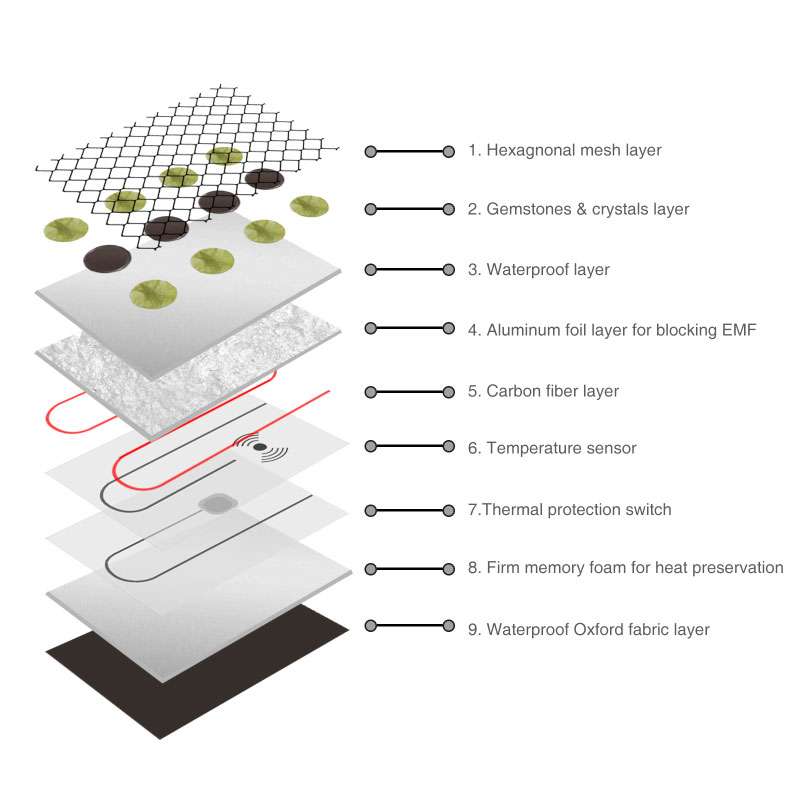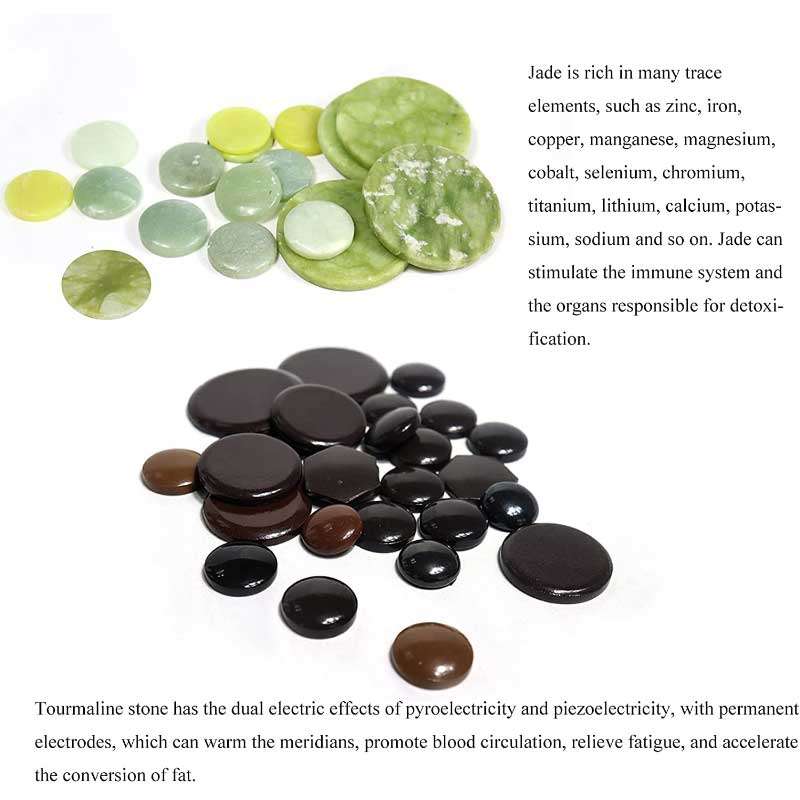Red Light Therapy: Benefits and How to Use It at Home
Red light therapy (RLT) is a treatment that may help skin, muscle tissue, and other parts of your body heal. It exposes you to low levels of red or near-infrared light. Infrared light is a type of energy your eyes can’t see, but your body can feel as heat. Red light is similar to infrared, but you can see it.
Red light therapy is also called low-level laser therapy (LLLT), low-power laser therapy (LPLT), and photobiomodulation (PBM).
In this article, we’ll discuss the benefits of red light therapy and how to use red light therapy at home for coping with back pain, sore muscles, ankle injuries, and even more.
Does Red Light Therapy Work?
Red light therapy works because healthy light intake is crucial for our health. It’s essential for our cellular function and energy production, just like water, sleep, and the nutrients from food. Unfortunately, most people don’t get as much natural light as they need for optimal health. Red light therapy is an easy solution for getting more healthy light every day, in the comfort of your home, regardless of the weather or season.
How Does Red Light Therapy Work?
With red light therapy, you expose your skin to a lamp, device, or laser with a red light. A part of your cells called mitochondria, sometimes called the “power generators” of your cells, soak it up and make more energy. Some experts think this helps cells repair themselves and become healthier. This spurs healing in skin and muscle tissue.
Red light therapy uses very low levels of heat and doesn’t hurt or burn the skin. It’s not the same type of light used in tanning booths, and it doesn’t expose your skin to damaging UV rays.
Benefits of Red Light Therapy
Red light therapy is nontoxic, noninvasive, and considered safe for all skin types. It does not require the use of harsh topical substances or heat, which can irritate or burn the skin.
Also, the treatment does not use ultraviolet (UV) light, which is reported to cause skin cancer. Red light therapy can also have an anti-inflammatory effect and improve blood flow.
Red light therapy can enhance a person’s cellular function and support greater balance and energy efficiency across the body. Red light may also help decrease signs of aging by replenishing the collagen in your skin. Red light therapy is easy to access at medical or dental offices, spas, tanning salons, or beauty clinics. At-home devices are also widely available.
Research on Red Light Therapy
Red light therapy may help with:
-
Dementia: In one small study, people with dementia who got regular near-infrared light therapy on their heads and through their noses for 12 weeks had better memories, slept better, and were angry less often.
-
Dental pain: In another small study, people with temporomandibular dysfunction syndrome (TMD) had less pain, clicking, and jaw tenderness after red light therapy.
-
Hair loss: One study found that men and women with androgenetic alopecia (a genetic disorder that causes hair loss) who used an at-home RLT device for 24 weeks grew thicker hair. People in the study who used a fake RLT device didn’t get the same results.
-
Osteoarthritis: One study found red and infrared light therapy cut osteoarthritis-related pain by more than 50%.
-
Tendinitis: A very small study of 7 people suggests RLT lessens inflammation and pain in people with Achilles tendinitis.
-
Wrinkles and skin damage: Research shows RLT may smooth your skin and help with wrinkles. RLT also helps with acne scars, burns, and signs of UV sun damage.
What Are the Risks?
Red light therapy is generally considered safe, even though researchers aren’t exactly sure how and why it works. And there are no set rules on how much light to use. Too much light may damage skin tissue, but too little might not work as well.


Where to Get Red Light Therapy?
It’s usually done in a doctor’s office. But some salons and dental offices do it, too. You can also buy your own red light therapy device. Salon and at-home treatments are more likely to cause side effects or injury. Talk to your doctor if you’re thinking about red light therapy.
Ongoing Research
Researchers have known about red light therapy for a while. But there aren’t a lot of studies on it, and they don’t know if it’s better than other types of treatment used to help you heal. To date, there’s a lot of ongoing research, publication of small studies, and much discussion on the internet about the effectiveness of red light therapy for all types of health uses. Results of some studies do show some promise, but the full effectiveness of red light therapy has yet to be determined.
Other Names for Red Light Therapy
- Low-level laser light therapy
- Low-power laser therapy
- Non-thermal LED light
- Soft laser therapy
- Cold laser therapy
- Biostimulation, photonic stimulation
- Photobiomodulation and phototherapy
"Viverra aliquet eget sit amet. At ultrices mi tempus imperdiet nulla. Arcu dui vivamus arcu felis bibendum ut. Arcu cursus euismod quis viverra nibh. Cursus vitae congue mauris rhoncus. Faucibus ornare suspendisse sed nisi lacus sed viverra."
John Doe
How to Use Red Light Therapy at Home for Pain
Red Light Therapy has significant anti-inflammatory and pain relief effects in the body. Doctors and health practitioners apply LED treatment for people with back pain, sore muscles, injured ankles, and even other certain conditions. Red Light Therapy Device is an easy solution for getting more healthy light every day, in the comfort of your home, regardless of the weather or season. PHYMAT makes practicing red light therapy at home easy and convenient with the Red Light Therapy Jade Tourmaline Heating Pad.
Red light therapy pad, an electric heating pad that combines the benefits of Far Infrared Light Therapy and Red Light Therapy, as well as heated Jade Tourmaline stone. These combination therapies work together coordinately to help with back pain relief, stiff joints, and sore muscles.
Red Light Therapy Pad
Red light therapy pad, an electric heating pad that combines the benefits of Far Infrared Light Therapy and Red Light Therapy, as well as heated Jade Tourmaline stone. Those combination therapies work together coordinately to help with back pain relief, stiff joints, and sore muscles.
- Combination of infrared therapy benefits and red light therapy benefits.
- Benefits from energy and healing elements of heated jade and tourmaline stones.
- Benefits of red light anti-inflammation, reducing pain, enhancing recovery, improving skin health, and more.






